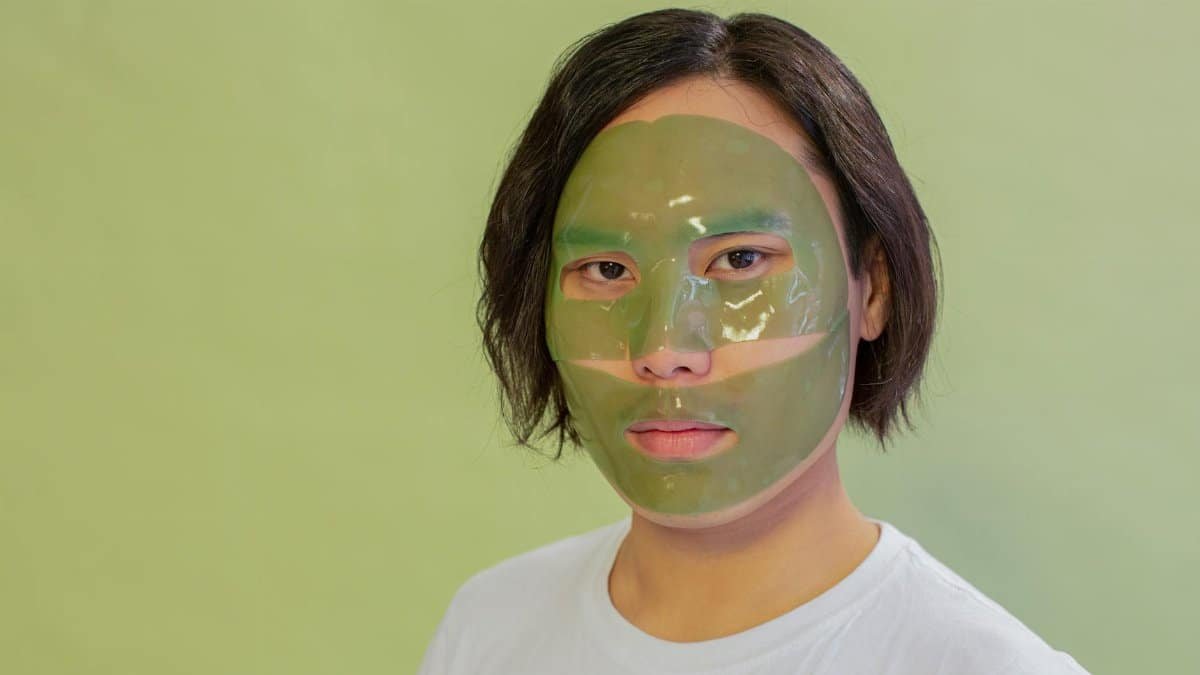Walk along the bustling sidewalks of Philadelphia these days, and you might spot more than the usual cheesesteak vendors and historic landmarks. Residents are increasingly turning to innovative ways to unwind, blending modern wellness with the city’s relentless energy. From Rittenhouse Square cafes to South Philly row homes, a quiet trend is emerging: light therapy as part of the Philadelphia lifestyle for stress recovery. It’s not just about chasing away winter blues; locals are using targeted light exposure to reset rhythms disrupted by long commutes, demanding jobs, and the constant hum of urban life. This shift reflects a broader U.S. movement toward accessible mental health tools, especially in cities where stress feels woven into the daily fabric. As one local put it, it’s like flipping a switch to reclaim calm amid the chaos.
The Urban Pulse Driving Stress in Philadelphia
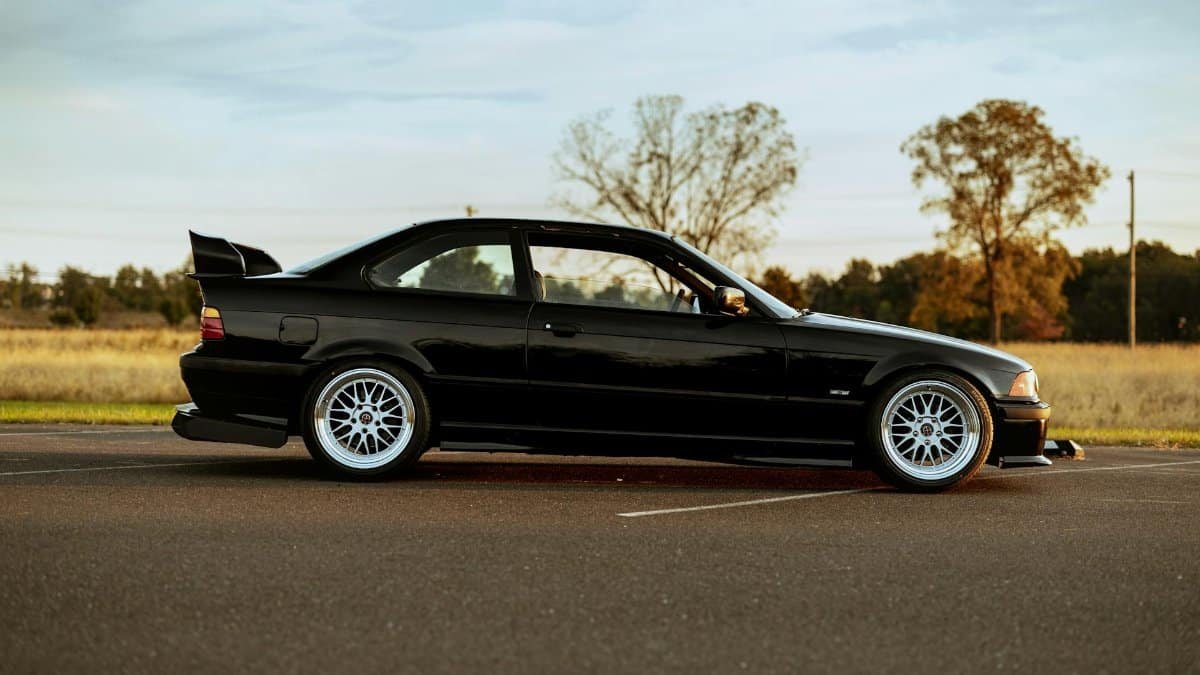
Philadelphia’s charm lies in its grit and history, but that same vibrancy can wear on the nerves. Think of the daily grind: SEPTA delays stretching commutes into marathons, the echo of construction in Center City, or the pressure of balancing family life with careers in a city that never quite slows down. Stress accumulates subtly, manifesting in sleepless nights or that nagging tension in the shoulders. Recent data from the Centers for Disease Control and Prevention highlights how urban environments amplify these issues, with over 40% of adults reporting high stress levels tied to work and finances. In Philly, this hits home hard, where the cost of living climbs while green spaces feel scarce. Residents describe it as a low-grade buzz that light therapy, Philadelphia lifestyle, stress recovery aims to quiet. One anonymous account shared publicly online captured it well: feeling like the city’s energy was “draining the light” from everyday moments, until intentional light practices brought some relief.
Yet it’s not all doom. The city’s community spirit offers a counterbalance, with neighborhood groups forming to tackle wellness collectively. This backdrop makes light therapy a fitting addition, turning personal recovery into a shared pursuit.
Unpacking Light Therapy: More Than Just Bright Lights
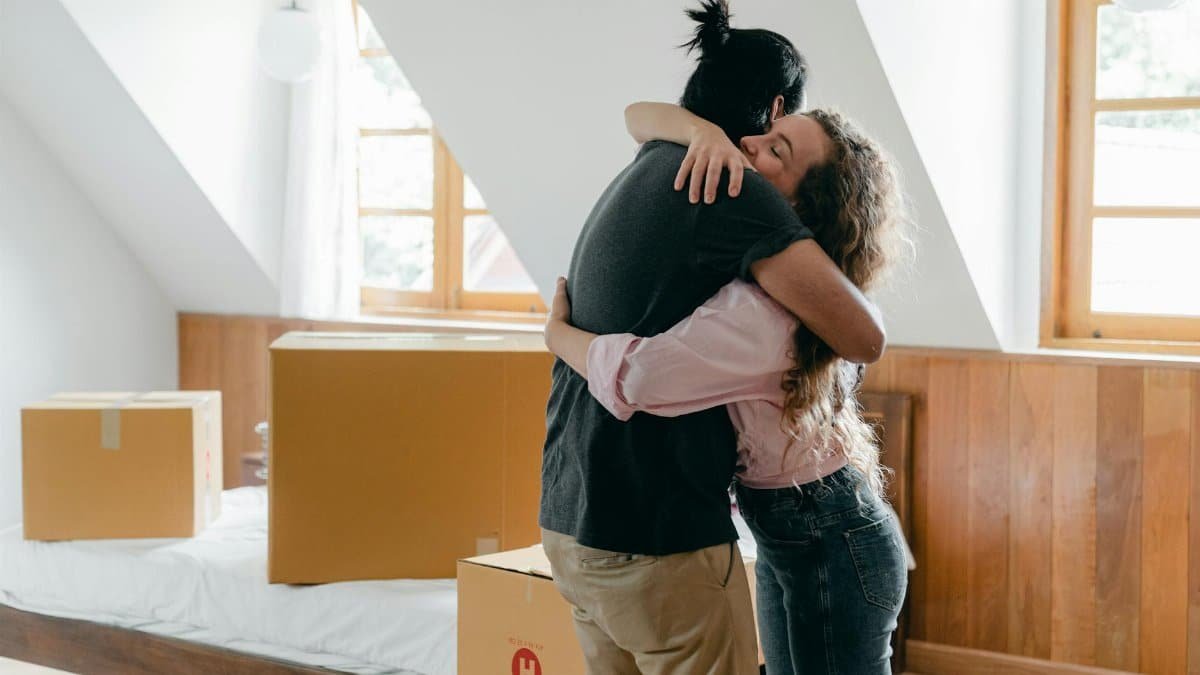
At its core, light therapy involves exposure to artificial light that mimics natural sunlight, often using specialized lamps. But in the context of Philadelphia lifestyle for stress recovery, it’s evolved into something holistic. Sessions might last 20 to 30 minutes, timed to combat the gloom of short winter days or the artificial glow of office fluorescents. Experts from the National Institute of Mental Health explain it regulates circadian rhythms, boosting mood-regulating hormones like serotonin. For Philadelphians, this means countering the seasonal dips that hit hard in a place with unpredictable weather.
Imagine a teacher in Kensington starting her day with a dawn-simulating alarm, easing into the morning rather than jolting awake to honking horns. It’s practical, not flashy, fitting the city’s no-nonsense vibe. Variations include full-spectrum bulbs or even apps that guide users through light-based meditations, making it accessible without leaving home.
Of course, it’s not a cure-all. Some find the initial adjustment jarring, like staring into a too-bright future, but persistence often pays off.
Weaving Light Therapy into Philly’s Daily Grind
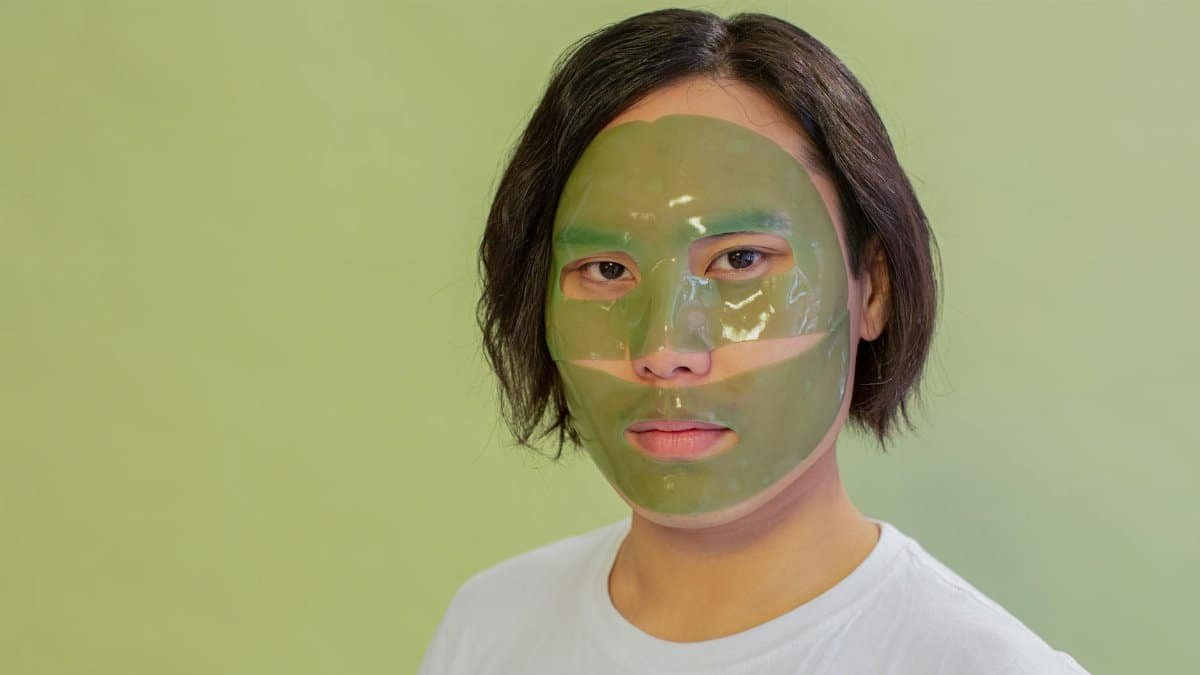
Integration starts small. A barista in Fishtown might position a therapy lamp by the coffee machine, stealing moments during lulls. Or consider the corporate worker in Old City, who swaps lunch breaks for a quick session in a nearby wellness studio. This ties directly into light therapy, Philadelphia lifestyle, stress recovery by aligning with the city’s rhythm—fast-paced yet rooted in routine. Studies from Mayo Clinic show such habits can reduce cortisol levels, the hormone behind stress responses, by up to 25% with consistent use.
The beauty lies in customization. Families in Manayunk adapt it for evenings, dimming home lights to wind down together. It’s less about rigid schedules and more about reclaiming control in a chaotic environment. One local recounted how it transformed her evenings: instead of scrolling through emails in dim light, she now basks in a soft glow, feeling tensions melt away like snow on a sunny day.
Local Havens: Where Philadelphians Seek the Light
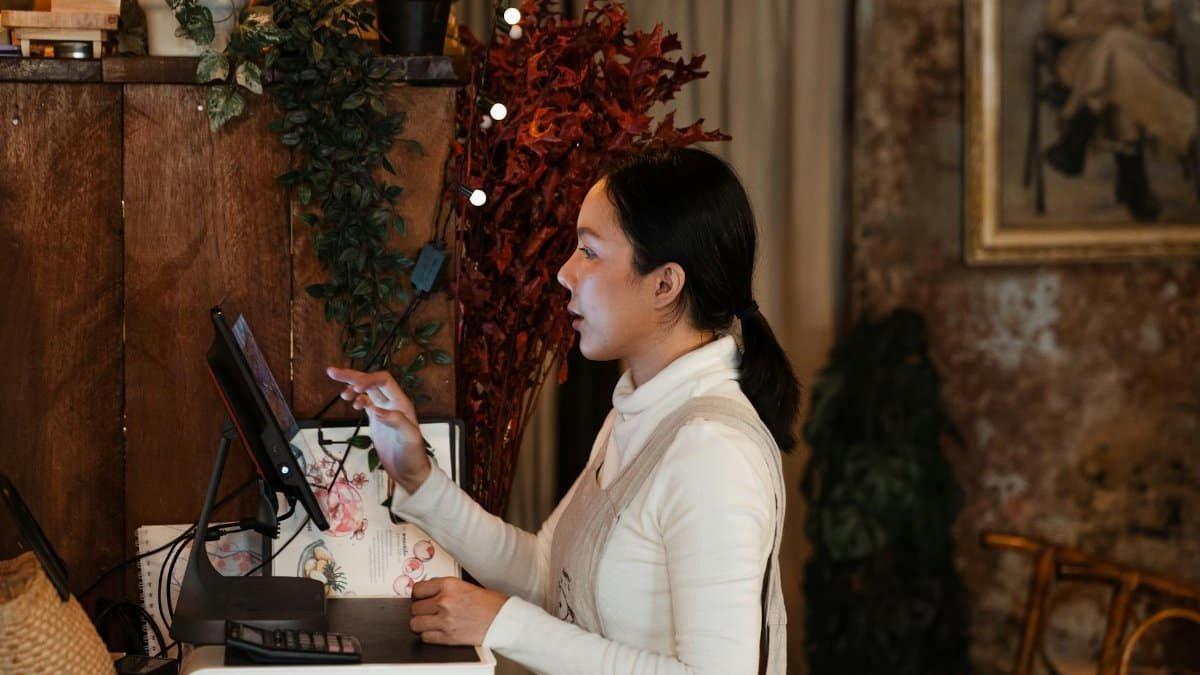
Philadelphia isn’t short on spots to dive into this practice. Wellness centers like those in the Art Museum district offer group sessions, where participants sit under broad-spectrum lights while discussing daily stressors. Yoga studios in Northern Liberties incorporate it into classes, blending movement with illumination for a dual boost. Even public libraries have caught on, hosting free workshops on light therapy basics, democratizing access in a city of diverse incomes.
These venues foster community, turning solitary recovery into social events. Picture a group in a cozy East Passyunk space, sharing laughs over how the therapy lamp “outshines” their old desk lights. It’s this blend of innovation and neighborly warmth that makes light therapy, Philadelphia lifestyle, stress recovery feel right at home here.
Challenges arise, though—cost can be a barrier, but affordable options like portable lamps from local shops help bridge the gap.
Voices from the Streets: Real Stories of Recovery
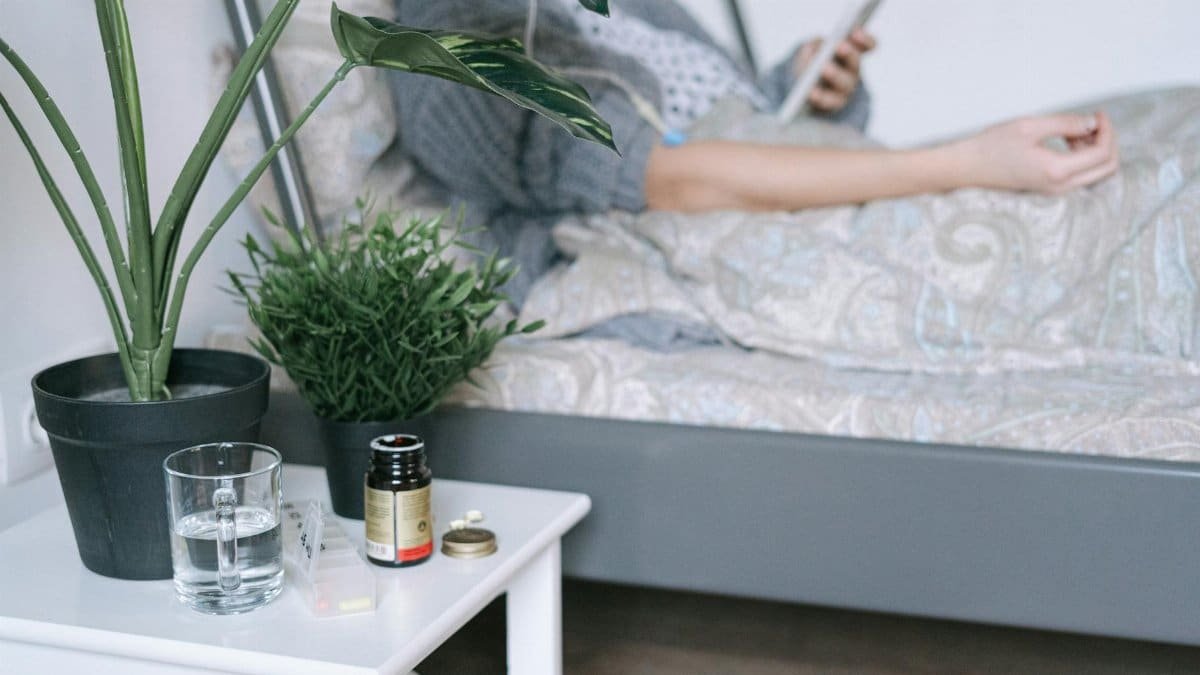
Stories bring the trend to life. Take Sarah, a nurse in University City, who battled burnout from night shifts. She started with a simple lamp routine, and within weeks, her sleep improved, easing the fog of exhaustion. “It was like the city stopped spinning for a moment,” she said. Another tale comes from a retiree in Germantown, who used light therapy to combat isolation after losing a spouse. Paired with walks in Wissahickon Park, it rebuilt his sense of connection.
These narratives echo broader patterns. A Harvard Health Publishing review notes similar benefits for non-seasonal stress, with users reporting enhanced focus and emotional resilience. In Philly, such stories multiply, from entrepreneurs in Callowhill to artists in Fishtown, each adapting it to their slice of city life.
Not every experience is seamless. Some grapple with skepticism from peers, dismissing it as a fad, but results often convert the doubters.
The Science Behind the Glow: Benefits for Stress
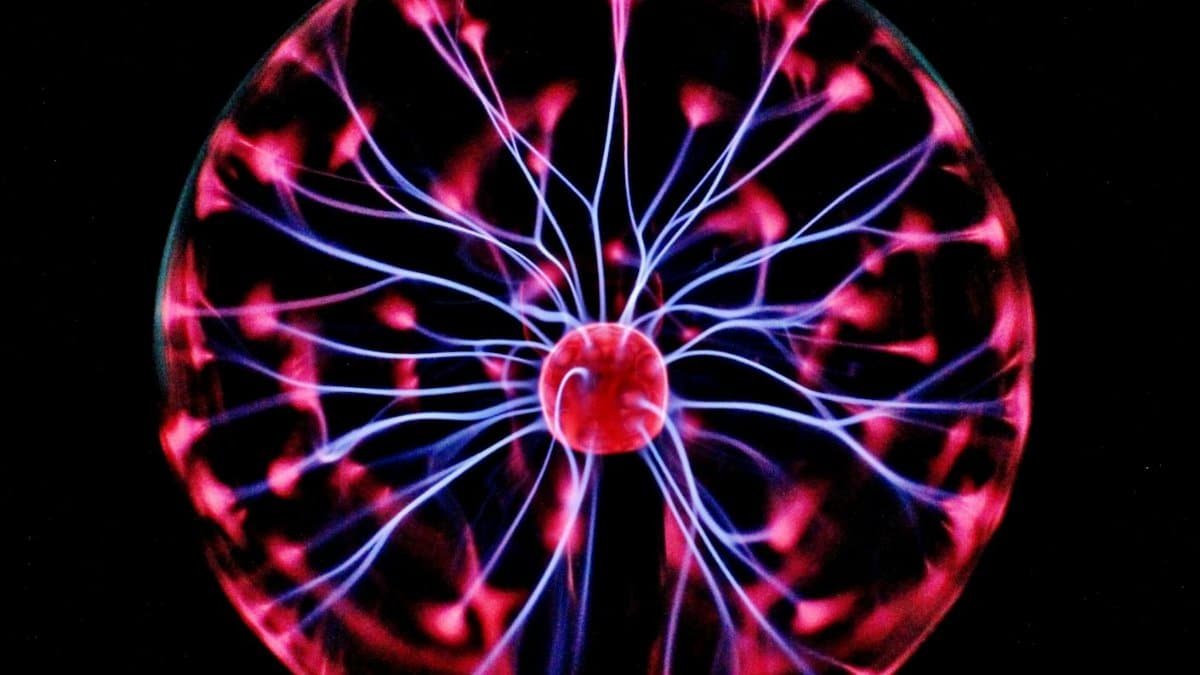
Digging deeper, the evidence stacks up. Light therapy influences the brain’s suprachiasmatic nucleus, the body’s internal clock, which in turn dials down stress responses. Research indicates it can alleviate symptoms akin to mild depression, crucial in a high-stress hub like Philadelphia. For instance, a study linked from the American Psychological Association shows urban dwellers benefit most, with improved sleep quality leading to better emotional regulation.
Apply this to daily life: a stressed parent in South Philly might find it eases the mental load of juggling school runs and work. It’s grounded in biology, not mysticism, making it appealing to pragmatic locals. Yet, experts caution combining it with professional care for severe cases, ensuring it’s a tool, not a standalone fix.
Navigating Hurdles: Making It Work in a Busy City
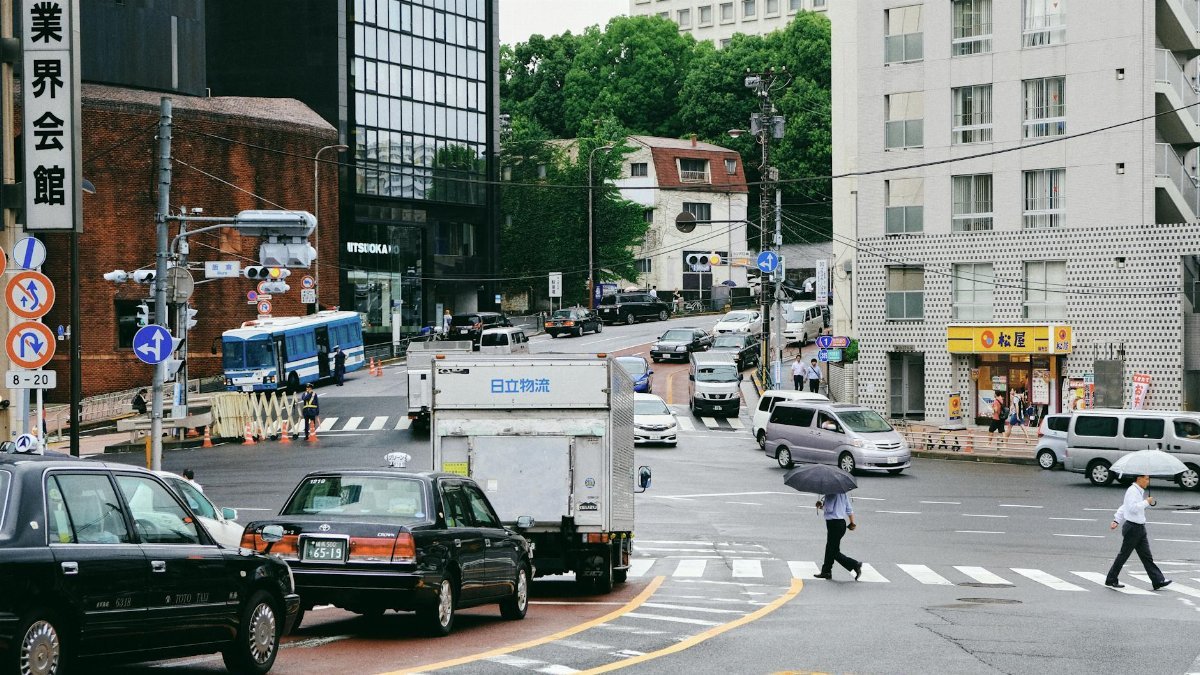
No wellness trend is without obstacles. In Philadelphia, time constraints top the list— who has 30 minutes to spare amid traffic and deadlines? Solutions emerge creatively: portable devices fit into bags for on-the-go use, or apps remind users during commutes. Cost is another snag, but community resources, like subsidized programs through local health initiatives, help.
Skepticism lingers too. One Philadelphian admitted initial doubts, thinking it sounded “too New Age” for the city’s tough exterior. But after trying it during a particularly grueling winter, the shift was undeniable. Addressing these barriers head-on makes light therapy, Philadelphia lifestyle, stress recovery more inclusive, evolving with the city’s needs.
Blending Tradition and Innovation in Wellness
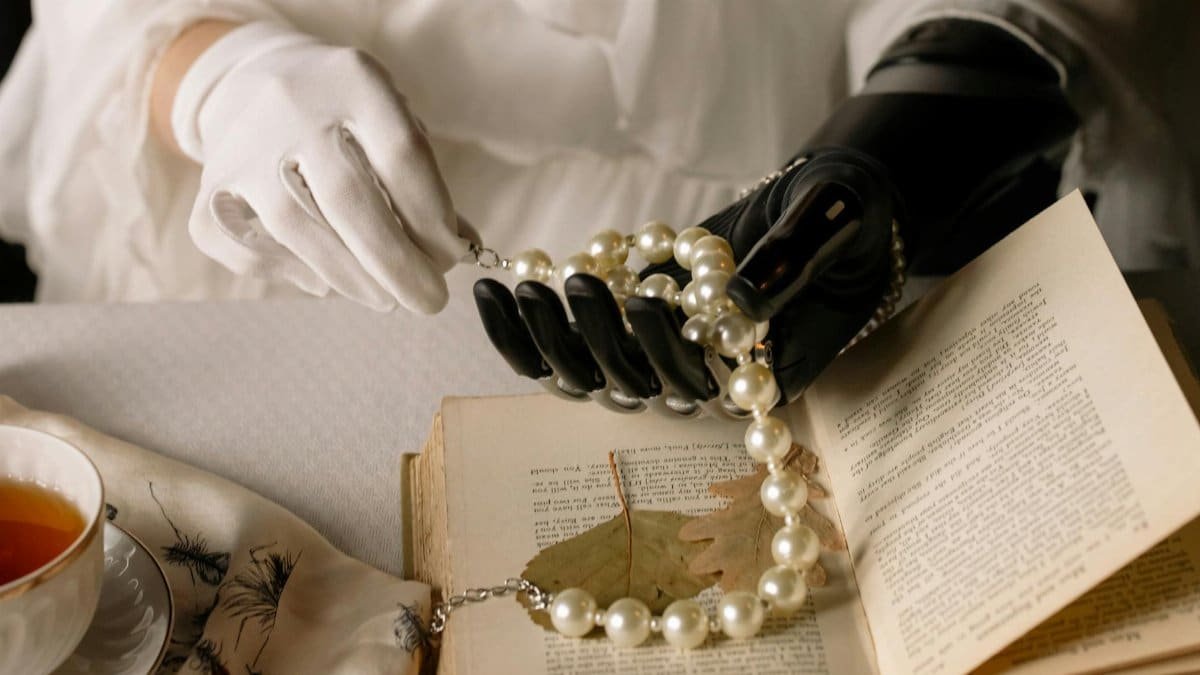
Philadelphia’s wellness scene thrives on fusion. Light therapy pairs with longstanding habits, like morning runs along the Schuylkill or communal meals in Italian Market spots. This integration highlights how modern tools enhance, rather than replace, cultural mainstays. As 2025 unfolds, expect more hybrid approaches, perhaps light-infused fitness classes or therapy sessions in historic venues.
Ultimately, it’s about balance. Residents are discovering that a little light can illuminate paths to recovery, weaving resilience into the fabric of urban living. The trend points to a city adapting, one beam at a time.
